
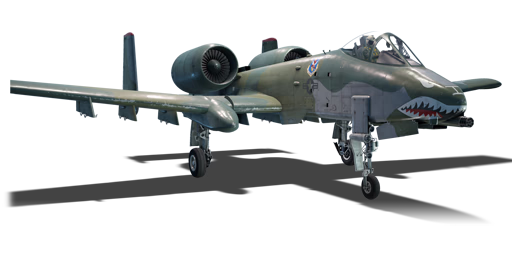

The A-10A Thunderbolt II is a single-seat attack aircraft developed by Fairchild Republic. Its main mission was to help friendly forces on the ground as well as strafe enemy positions, vehicles, and more. The plane was largely designed around the incredible 30 mm GAU-8 Avenger cannon mounted in the chin of the nose. It could also carry an extensive amount of suspended ordnance. Survivability was also a key feature and the Thunderbolt II features many innovative design aspects. The pilot sat in a titanium bathtub of armour. It also had many redundancies in controlling the aircraft as well as TF34 turbofan engines which were selected due to their robust nature. The A-10's first combat role was during the Gulf War in 1991. Several A-10s were shot down from anti-air positions but overall the Thunderbolt II performed well.
Introduced in Update "Wind of Change" as a premium strike aircraft, the A-10A is a very good ground attack aircraft with many quirks. Firstly, the Thunderbolt II is extremely heavy and underpowered. It’s a very slow aircraft and is quite vulnerable to enemy aircraft and anti-air. Although it is armoured, it can still be easily taken down by cannon rounds or missiles. Fortunately, the Thunderbolt has an extensive amount of countermeasures so missiles won’t be a major issue if players stay aware around them. The A-10 Thunderbolt II also has a multitude of ordnance options including Mavericks, GBUs, dumb bombs, rockets, and more. The most notable thing about the A-10 Thunderbolt is the 30 mm cannon. It has plenty of ammunition and can penetrate relatively thick armour for aircraft rounds. For self-defense, the Thunderbolt can carry two AIM-9Ls which are quite dangerous from rear aspect. Players should be wary of the Thunderbolt’s weird quirks but also satisfied with its armament against ground targets.
flaps
flaps
flaps
brake
| Belt | Belt filling | Armor penetration (mm) at a distance: | |||||
|---|---|---|---|---|---|---|---|
| 10 m | 100 m | 500 m | 1000 m | 1500 m | 2000 m | ||
| HVAP-T/HEI/HVAP-T/HEI | 79 | 77 | 68 | 58 | 50 | 43 | |
| HVAP-T/HEI/HVAP/HVAP | 79 | 77 | 68 | 58 | 50 | 43 | |
| HVAP-T/HEI/HEI/HEI | 79 | 77 | 68 | 58 | 50 | 43 | |
| HVAP/HEI/HVAP/HEI | 79 | 77 | 68 | 58 | 50 | 43 | |
| Name | Weight | Slot | ||||||||||
|---|---|---|---|---|---|---|---|---|---|---|---|---|
| 84.5 kg | 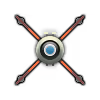 |  | ||||||||||
| 240.9 kg |  |  |  |  |  |  |  |  |  |  | ||
| 254 kg |  |  |  |  |  |  |  |  |  |  | ||
| 7 × | 101.1 kg |  |  |  |  |  |  | |||||
| 21 × | 393.4 kg |  |  |  |  | |||||||
| 3 × | 722.7 kg | 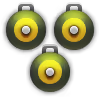 |  |  |  | |||||||
| 3 × | 762 kg |  |  |  |  | |||||||
| 893.6 kg | 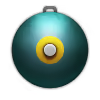 |  |  |  |  |  | ||||||
| 893.6 kg | 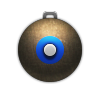 |  |  |  |  |  | ||||||
| 1,027 kg | 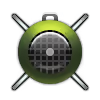 |  |  |  | ||||||||
| 3 × | 631.4 kg | 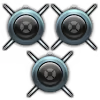 |  | |||||||||
| 614.4 kg | 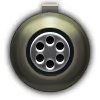 |  | ||||||||||







 2 x (105 / 305 / 600) %
2 x (105 / 305 / 600) % 
 2 x 226 %
2 x 226 % 

Flight performance |
|---|
Survivability |
|---|
Weaponry | |||
|---|---|---|---|